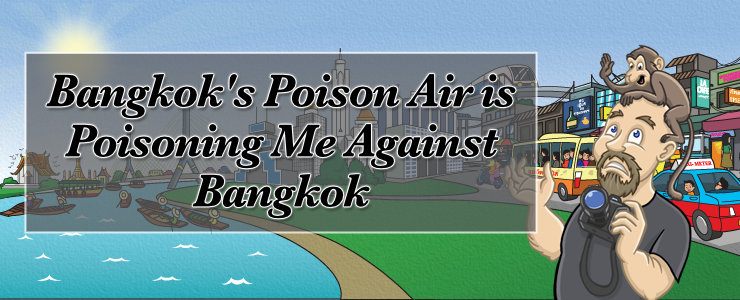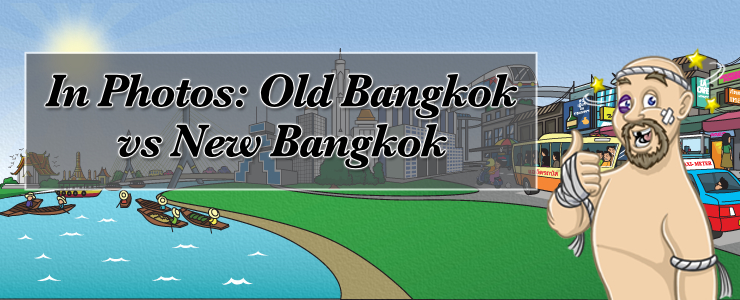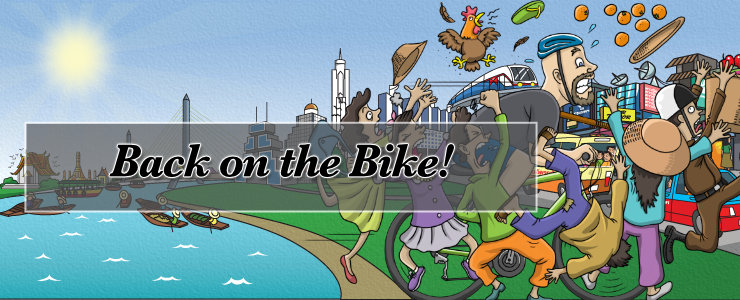It’s a bit difficult for me to speak credibly about the topic of how sex and violence affects youth, because my experience is often in contrast to my beliefs. Personally, I think that a young kid seeing all kinds of brutal violence and graphic sex is bad; however, in my oft-hooliganistic youth, I saw more of both than any normal kid should and managed to turn out (mostly) okay. It’s one of those issues where lines blur in different places for different people. But nowhere is this issue blurred more than in Thailand, where several issues come together in a big ol’ pile of censorship, hypocrisy and unintentional comedy.
First of all, as I mentioned in a previous post written some time ago, the censors in Thailand often operate with a ham-fistedness that would make Porky the Pig proud. Two seconds of breasts or a guy holding a gun or smoking? Blurred, pixelated and often simply just cut. Spurting blood, brutal beatings, dead bodies? No problem, leave as is. It’s a topic that simply baffles most people with a brain; the logic is very clearly flawed but at least we can take consolation in the fact that Thailand isn’t the only country where censorship is carried out with pre-20th century methodologies.
The latest issue to come to the fore is this story in the Bangkok Post which details a group calling themselves the Network of Family Watch and Creative Media who are demanding that Thai television stations and newspapers chill the hell out when it comes to showing graphic pictures. From the article:
One case involved the shooting to death of a security guard and then a woman by her jealous boyfriend in Prachin Buri. Another showed a vocational student being gunned down during a fracas connected to inter-school rivalry near Kasetsart University. This week footage of a teenage boy being brutally beaten by a gang of teenagers in Ayutthaya was aired on television repeatedly. ”Is it right that children are watching this?” Ms Anya-orn asked. ”The children will slowly build a tolerance to violence and could even imitate those acts.”
Thai newspapers are, I would say, even worse culprits than television or movies. Ignoring the CCTV footage that’s often (but not regularly) aired, most of the violence onscreen is fake, and any kid with halfway decent parents knows this. But Thai newspapers often print – in full, gore-rich color – real acts of violence that you would never see in papers back home.

This front page picture showed the aftermath of a student’s gun suicide. From Isaan Style.
All this does is make Thai newspapers look like cheap, amateur rags that emphasize ratings and scandal over journalistic integrity, not to mention that, as Isaan Style pointed out, many of these papers are displayed proudly in schools across the country. It also begs the question – where the hell are the censors for newspapers?

Another front page image, this time of the gruesome suicide/murder (depends who you ask) of an expat in Bangkok. What is an image like this doing on the front page of a paper? From Isaan Style.
And don’t even get me started on Thailand’s film rating system which will come into effect in May, but still allow the censorship board full autonomy to ban or block films – which just begs the question – what’s the point?
Anyway, we’ll see if the Network of Family Watch effort has any effect – it would be nice to have some consistency in these matters.





Leave A Comment